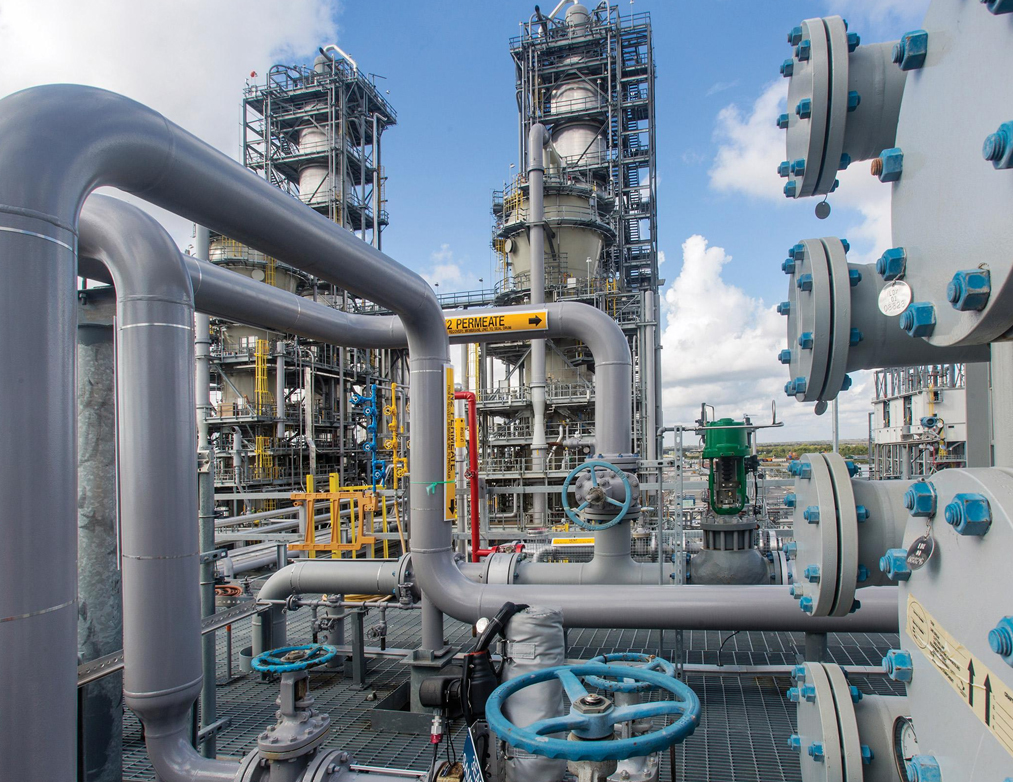Maori
- Afrikaans
- Albanian
- Amharic
- Arabic
- Armenian
- Azerbaijani
- Basque
- Belarusian
- Bengali
- Bosnian
- Bulgarian
- Catalan
- Cebuano
- Corsican
- Croatian
- Czech
- Danish
- Dutch
- English
- Esperanto
- Estonian
- Finnish
- French
- Frisian
- Galician
- Georgian
- German
- Greek
- Gujarati
- Haitian Creole
- hausa
- hawaiian
- Hebrew
- Hindi
- Miao
- Hungarian
- Icelandic
- igbo
- Indonesian
- irish
- Italian
- Japanese
- Javanese
- Kannada
- kazakh
- Khmer
- Rwandese
- Korean
- Kurdish
- Kyrgyz
- Lao
- Latin
- Latvian
- Lithuanian
- Luxembourgish
- Macedonian
- Malgashi
- Malay
- Malayalam
- Maltese
- Maori
- Marathi
- Mongolian
- Myanmar
- Nepali
- Norwegian
- Norwegian
- Occitan
- Pashto
- Persian
- Polish
- Portuguese
- Punjabi
- Romanian
- Russian
- Samoan
- Scottish Gaelic
- Serbian
- Sesotho
- Shona
- Sindhi
- Sinhala
- Slovak
- Slovenian
- Somali
- Spanish
- Sundanese
- Swahili
- Swedish
- Tagalog
- Tajik
- Tamil
- Tatar
- Telugu
- Thai
- Turkish
- Turkmen
- Ukrainian
- Urdu
- Uighur
- Uzbek
- Vietnamese
- Welsh
- Bantu
- Yiddish
- Yoruba
- Zulu
Telephone: +86 13120555503
Email: frank@cypump.com
Nov . 28, 2024 01:24 Back to list
Submersible Pump with Integrated Agitator for Enhanced Fluid Mixing and Transport Solutions
The Submersible Pump with Agitator A Comprehensive Overview
In the realm of fluid management, submersible pumps play a critical role across various industries, from agriculture and construction to wastewater treatment and mining. Among these, the submersible pump with agitator emerges as a specialized solution, designed to handle challenging pumping tasks where solids and debris are present. This article explores the functionality, applications, advantages, and considerations of submersible pumps equipped with agitators.
Understanding Submersible Pumps
Submersible pumps are designed to operate while submerged in the fluid they are pumping. Unlike surface pumps that require priming to function effectively, submersible pumps can draw fluid into the pump through the head. This unique operational design allows for efficient performance in deep-water applications, where the installation of surface pumps would be impractical. The integration of an agitator further enhances the capabilities of these pumps.
What is an Agitator?
An agitator is a mechanical device attached to the submersible pump’s outlet or within the pump body itself. Its primary function is to mix the fluids and suspend solids, preventing sedimentation and clumping, which could hinder pumping efficiency. By creating turbulence, the agitator ensures that heavy particles remain in suspension, making it easier for the pump to transport them along with the fluids.
Applications of Submersible Pumps with Agitators
Submersible pumps with agitators are particularly useful in a variety of demanding applications
1. Wastewater Treatment In municipal and industrial wastewater systems, these pumps help to manage sludge and debris, maintaining operational efficiency and preventing blockages.
2. Mining Operations In mining, these pumps facilitate the removal of water and slurry from mine sites, ensuring a safer environment for extraction activities.
3. Construction Sites During excavation and construction, water accumulation is a common issue. Submersible pumps with agitators efficiently manage water mixed with soil and debris.
4. Agriculture These pumps are also utilized in agriculture for irrigation systems, helping to transport nutrients mixed with water from ponds or reservoirs.
5. Flood Control In areas prone to flooding, the pumps help manage excess water, particularly when sediment and debris are likely to accompany the inflow.
submersible pump with agitator

Advantages of Submersible Pumps with Agitators
One of the standout benefits of submersible pumps equipped with agitators is their ability to handle challenging conditions. Here are some key advantages
- Efficiency in Solids Handling The agitator allows for the suspension of solid particles, which increases the efficiency of the pumping process. - Reduced Risk of Clogging By keeping solids in suspension, these pumps significantly reduce the risk of clogging that can occur in standard pumps.
- Versatile Applications The ability to handle varying fluid compositions makes these pumps adaptable to numerous industries and applications.
- Lower Maintenance Needs With reduced clogging and improved efficiency, maintenance requirements can be less frequent, leading to lower operational costs.
Considerations for Selection and Installation
When choosing a submersible pump with an agitator, several factors must be considered
- Flow Rate and Head Ensure the pump meets the necessary specifications for flow rate and head height for your application.
- Material Compatibility Depending on the fluids being pumped, select materials that resist corrosion or wear.
- Power Supply Consider the power supply available at the site, as submersible pumps require a robust power source for optimal operation.
- Installation Environment Ensure that the installation site is conducive to submersible operations, with adequate space and safety measures in place.
Conclusion
The submersible pump with agitator is an indispensable tool for managing fluids in environments laden with solids and debris. Its unique design and functionality allow for efficient operation across various sectors, addressing the challenges posed by thick slurries and waste. With careful consideration of application requirements and proper installation practices, these pumps can significantly enhance operational efficiency and reliability, making them a valuable asset in fluid management systems.
-
Custom Drilling Mud and Slurry Pump Supplier - High Efficiency, Tailored Solutions
NewsJun.10,2025
-
Supply Vertical Submersible Sewage Pump High-Efficiency WQ/QW Pumps Supplier
NewsJun.10,2025
-
Premium Sewage Ejection System & Pumps Efficient Waste Removal
NewsJun.09,2025
-
Premium Wholesale Slurry Pump Impellers Durable & Efficient Slurry Handling
NewsJun.09,2025
-
Top Sewage Pump Companies Durable Industrial Solutions for Efficiency
NewsJun.09,2025
-
Heavy Duty Slurry Pumps - OEM High Performance & Bulk Wholesale
NewsJun.09,2025










